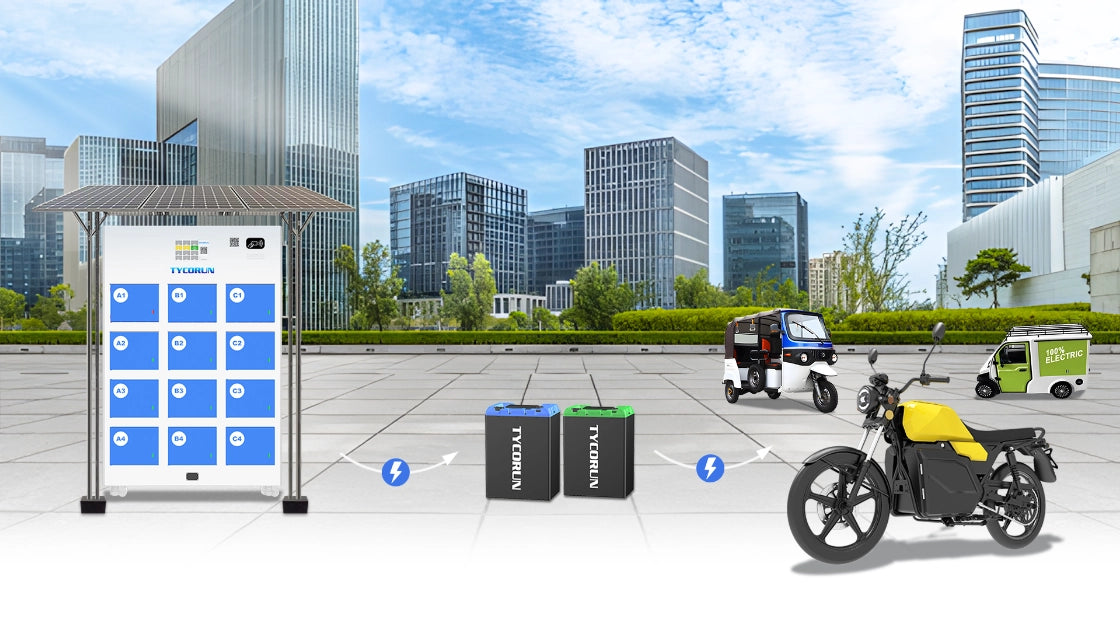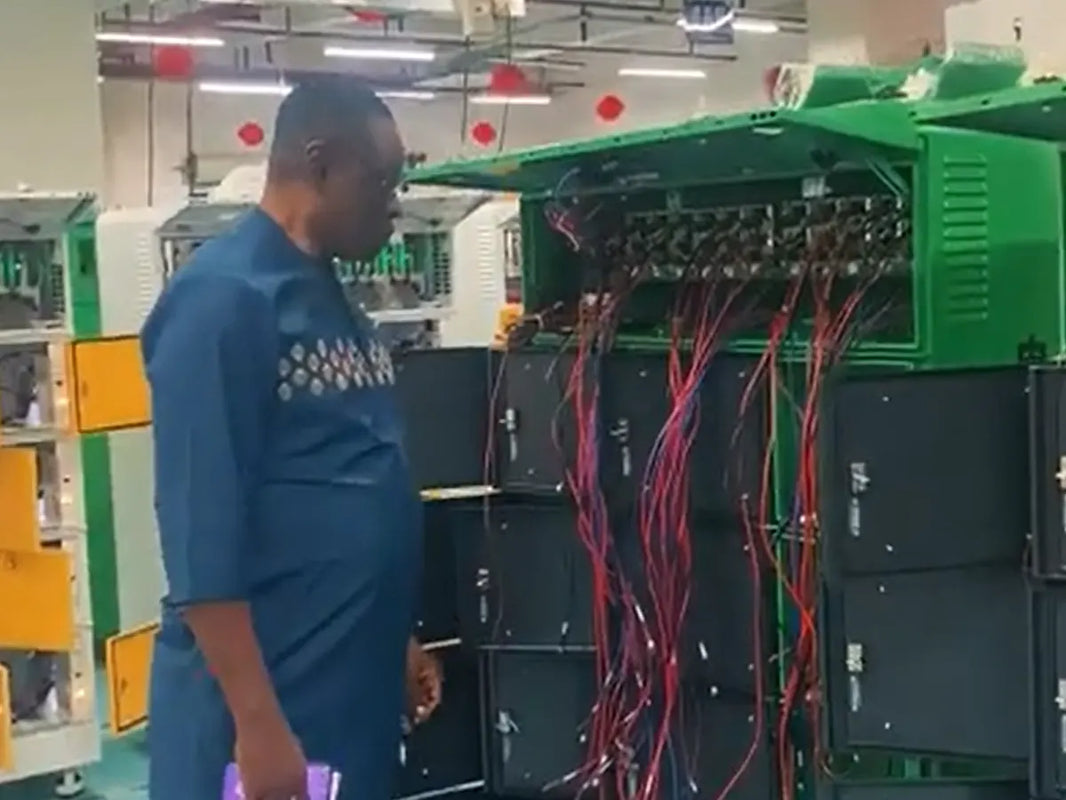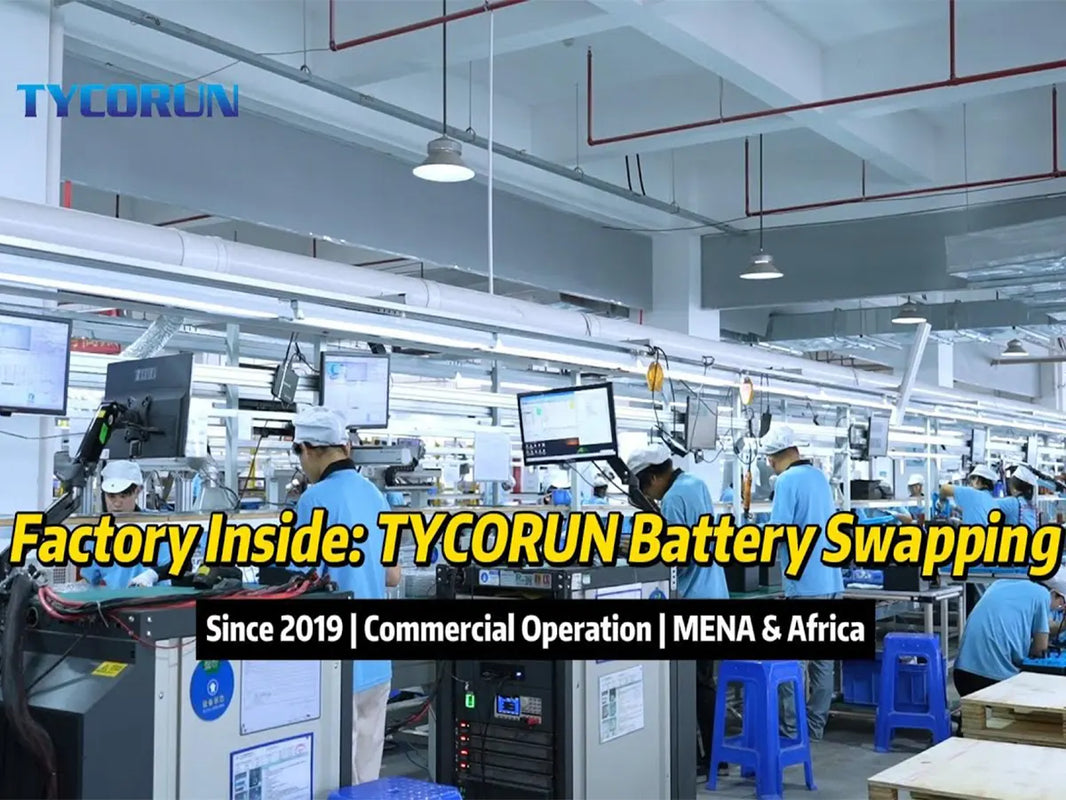
Main content:
Lithium batteries power everything from phones to electric vehicles, but some types carry higher risks. Understanding which lithium batteries are dangerous is essential, as thermal runaway from overcharging, short circuits, or physical damage can cause fire or explosion. Different chemistries have varying stability, so knowing their characteristics helps prevent accidents.
What Are the Main Types of Batteries?

Primary Batteries
Primary batteries mainly include ordinary zinc-manganese batteries, alkaline zinc-manganese batteries, and mercuric oxide batteries. Waste mercuric oxide batteries are classified as hazardous waste. Other batteries used in daily life are not managed as hazardous waste after disposal.
Secondary Batteries
Secondary batteries are divided into two categories: rechargeable dry batteries and wet batteries. Rechargeable dry batteries mainly include nickel-cadmium batteries, nickel-metal hydride batteries, and lithium batteries. Wet batteries are mainly lead-acid batteries. Nickel-cadmium batteries and lead-acid batteries (such as those used in automobiles and other motor vehicles) contain large amounts of heavy metals such as lead and cadmium and are therefore classified as hazardous waste. Other types are not managed as hazardous waste.
Which Lithium Batteries Are Dangerous?

Lithium batteries have long been an integral part of everyday life, from mobile phones to electric vehicles. Their efficiency and convenience are irreplaceable. However, the frequent battery explosions in recent years have raised concerns: which lithium battery is the most dangerous? Understanding the characteristics of different batteries can help us better avoid risks.
Lithium battery explosions often result from thermal runaway. When the temperature inside a battery rises suddenly due to overcharging, a short circuit, or physical damage, the electrolyte decomposes and releases a large amount of gas. The instantaneous pressure breaks through the outer casing, causing violent combustion or even explosion upon contact with oxygen. This process is particularly deadly in confined spaces.
The thermal stability of batteries varies significantly depending on the material. For example, the cathode material of a ternary lithium battery decomposes more rapidly at high temperatures, while the chemical structure of a lithium iron phosphate battery is relatively more stable. Therefore, the choice of battery material directly determines the probability of explosion.
To assess which lithium batteries are dangerous, let’s examine the properties, risks, and typical failure scenarios of each type.
Lithium Cobalt Oxide Batteries
Lithium cobalt oxide batteries were once the preferred choice for mobile phones and laptops due to their high energy density. However, their cathode material is highly susceptible to decomposition at high temperatures. If the battery management system (BMS) fails, overcharging or collisions can trigger a chain reaction.
The 2016 explosion of a certain brand of mobile phone is a typical example of this type of battery. Although lithium cobalt oxide batteries have been gradually replaced, they are still used in some small electronic products. Users should avoid storing them fully charged for long periods of time or using non-original chargers, as this further increases the risk of electrolyte degradation.
Ternary Lithium Batteries
Ternary lithium batteries have become a mainstream choice for electric vehicles due to their long driving range. However, their nickel-cobalt-manganese (or nickel-cobalt-aluminum) cathode materials rapidly release oxygen at temperatures above 160°C, fueling the combustion of the electrolyte. Automakers like Tesla have mitigated this risk through enhanced heat dissipation designs, but explosions can still occur in extreme cases.
Laboratory tests have shown that temperatures in ternary lithium batteries can exceed 800°C in just tens of seconds during needle penetration tests. Therefore, the sealing of the battery pack, the cooling system, and precise control of the battery management system (BMS) are critical to ensuring safety.
Polymer Lithium Batteries
Polymer lithium batteries use a gel-like electrolyte, allowing them to be manufactured in ultra-thin and flexible forms, making them commonly used in devices such as smartwatches. However, their aluminum-plastic film casings are relatively weak. If punctured by sharp objects, electrolyte leakage can quickly ignite a fire.
Another risk with these batteries is bulging. Prolonged charging or exposure to high temperatures can cause internal gas generation, which can swell and potentially rupture the casing. Users should immediately discontinue use if they notice any battery deformation to avoid continued charging and potential accidents.
Sodium-ion Batteries
Although theoretically safe, they can still cause safety issues under extreme mechanical damage, electrical overload, design flaws, or manufacturing defects. For example, improper battery structure design can lead to localized current concentration, potentially causing thermal runaway. Similarly, the choice of electrolyte is crucial; using an electrolyte with poor stability can also cause safety issues under certain conditions.
Lithium Iron Phosphate Batteries
The cathode material of lithium iron phosphate batteries decomposes at temperatures as high as 500°C and contains no reactive metal elements. Even when punctured or squeezed, they typically only emit smoke rather than explode. BYD's "Blade Battery" further improves safety through structural innovation and has become a key transition direction for many automakers.
However, lithium iron phosphate batteries have low energy density, poor low-temperature performance, and over-discharge can cause irreversible damage. Users should avoid using them in extreme environments and regularly calibrate their battery charge to extend their lifespan. Our Antarctic research station also uses large lithium iron phosphate battery stacks.
Check lithium iron phosphate industry for more information.
Lithium Titanate Batteries
Niche but Safe The anode material of lithium titanate batteries is extremely stable, producing virtually no lithium dendrites during charge and discharge. This ensures a lifespan of tens of thousands of cycles and is resistant to low temperatures. Its thermal runaway temperature exceeds 300°C, making it extremely unlikely to explode even in the event of tampering.
It is commonly used in safety-critical applications such as grid energy storage. However, the energy density of lithium titanate batteries is only one-third that of ternary batteries, and their high cost limits their widespread adoption. Currently, they serve more as a "safety benchmark" in specific sectors than as a mass-market consumer option.
Causes of Lithium-ion Battery Fires and Explosions

After knowing which lithium batteries are dangerous, it’s important to understand the main causes of fires and explosions in lithium-ion batteries.
Mechanical Factors
When a battery is subjected to external forces, such as collisions, crushing, punctures, or drops, it can deform its internal structure, even causing diaphragm ruptures or internal electrode displacement. This physical damage can lead to direct contact between the positive and negative electrodes, causing an internal short circuit.
This short circuit generates significant heat, rapidly raising the internal battery temperature. If this heat cannot be dissipated quickly, it can cause thermal runaway, ultimately resulting in fire or explosion. Mechanical factors are particularly prone to improper handling during transportation, installation, or daily use.
Electrical Factors
Batteries can also be dangerous under abnormal electrical conditions. For example, external short circuits, battery overcharging, overdischarging, high-current charging, or charging in low-temperature environments can cause abnormal increases in internal battery current or runaway electrochemical reactions.
In these situations, the battery generates excessive heat, causing a rapid temperature rise. If internal protection mechanisms fail to respond in a timely manner, thermal runaway reactions can occur, leading to fire or even explosion.
Thermal Factors
Exposure to high temperatures is also a common source of danger. Prolonged heating, direct sunlight, or proximity to hot equipment can increase the internal temperature of the battery. High temperatures can damage the SEI film and separator structure within the battery, allowing direct contact between the positive and negative electrode materials, triggering an internal short circuit.
Thermal factors not only cause thermal runaway but can also accelerate the decomposition of the electrolyte, releasing flammable gases, significantly increasing the risk of fire or explosion.
Prevention and Control Measures for Lithium-Ion Battery Fire or Explosion

Improve battery quality by using qualified raw materials, design, and manufacturing processes to ensure that the composition, structure, and performance of the battery's positive and negative electrodes, electrolytes, separators, and other materials meet requirements. This will enhance the quality and safety of batteries, modules, battery packs, and battery systems.
Install a fire warning, alarm, fire extinguishing, and emergency evacuation system. Install a battery fire warning, alarm, fire extinguishing, and emergency evacuation system to identify, warn, and alarm early battery failures, activate the emergency evacuation system, and guide personnel away from the fire. Use isolation devices such as rolling shutters and fire doors to prevent the spread of fire. Meanwhile, use fire extinguishing systems to quickly control and extinguish fires.
Strengthen battery safety, management, and maintenance. Use qualified batteries from reputable manufacturers, avoid various types of battery abuse (such as collisions, punctures, overcharging, and overheating), and strengthen management. Immediately disconnect the power supply and address any battery anomalies.
Fire Response: If you notice smoke, fire, or explosion from a battery, call the police immediately. Be sure to clearly state your address, the burning object, the size of the fire, your name, and phone number, and listen carefully and answer the firefighters' questions correctly. For small fires, while ensuring your own safety, disconnect the power supply and extinguish the fire with a fire extinguisher or water. If the fire is large or cannot be quickly brought under control, immediately evacuate to a safe area, evacuate all personnel, stay away from the fire scene, and call the police immediately.
How to Properly Transport Batteries as Hazardous Materials?

Provide the necessary documents for transporting hazardous materials
UN38.3 Test Report
For lithium batteries, a UN38.3 test report, as specified in the United Nations Recommendations on the Transport of Dangerous Goods, is required to prove that the battery meets safe transportation standards.
MSDS (Material Safety Data Sheet)
Material Safety Data Sheets provide detailed safety information about lithium batteries, including 16 globally recognized essential information items, including chemical composition, health hazards, and safety measures. Used by customs and EU customers to confirm the percentage of components of battery products and accidental protection measures, etc.
Dangerous Goods Package Certificate
A certificate that proves that the packaging container meets the requirements for dangerous goods transportation.
Classification Identification Report: A report that details the hazardous nature of the product, including hazard category, subcategory, packaging category, etc.
Correct packaging and labeling according to requirements
Requirements for labeling and marking of container bodies:
(1) Except for vehicles driven by lithium batteries (pure electric or hybrid), containers containing lithium battery-type dangerous goods should be affixed with Class 9 dangerous goods labels and UN number marks on each side and each end (two opposite sides of container-type lithium-ion battery energy storage systems).
(2) The minimum size of the Class 9 dangerous goods label is 250mm×250mm, and the inner edge line must be parallel to the edge line and 12.5mm away. The label should be affixed to a location where the background color contrasts sharply with the color of the container itself, or with a virtual or solid line border.
(3)The UN number should be indicated by black numerals, not less than 65 mm in height, and affixed to the area between the symbol and the category number on the dangerous goods label.
Conclusion
Knowing which lithium batteries are dangerous allows safer use and transport. Unstable chemistries like cobalt-based or certain ternary lithium cells need careful handling, while safer types like LiFePO₄and lithium titanate still require attention to prevent mechanical, electrical, or thermal issues. Proper awareness and maintenance are key to minimizing risks.
Related articles: lifepo4 battery safety, voltage vs current, primary battery
















